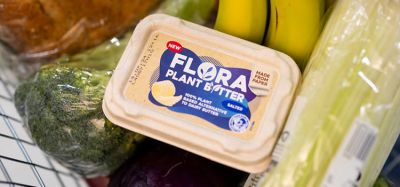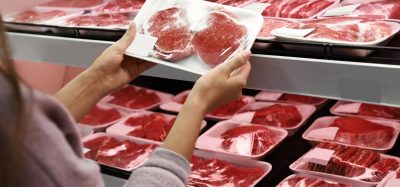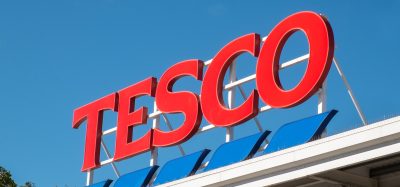Natural Colour? What does this really mean to the consumer? Part 3
- Like
- Digg
- Del
- Tumblr
- VKontakte
- Buffer
- Love This
- Odnoklassniki
- Meneame
- Blogger
- Amazon
- Yahoo Mail
- Gmail
- AOL
- Newsvine
- HackerNews
- Evernote
- MySpace
- Mail.ru
- Viadeo
- Line
- Comments
- Yummly
- SMS
- Viber
- Telegram
- Subscribe
- Skype
- Facebook Messenger
- Kakao
- LiveJournal
- Yammer
- Edgar
- Fintel
- Mix
- Instapaper
- Copy Link
Posted: 9 August 2016 | Guido de Jager | No comments yet
In Part 3 of his review of the global survey on colour, Guido de Jager discusses product labelling and opportunities available for industry…
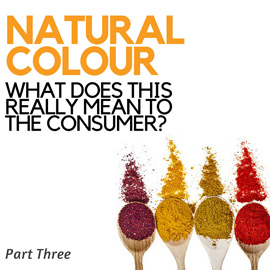

|
In this three part series, Guido de Jager discusses the results of a global survey that revealed detailed insights into consumer behaviour and preferences for natural colours and flavours. In Part one, Guido described the methodology for the survey and key findings from the results. Part two discussed consumer types. In this final part, Guido looks at product labelling and opportunities available for industry. |


The strong wish for natural food and drink manifests itself in the shopping behaviour of consumers: 66 percent of the survey respondents are motivated to take a critical look at product labels in order to check them for unwanted ingredients. To make a substantiated purchasing decision they depend on easy to understand product information, comprehensible details on ingredients and short ingredient lists whose components they know and understand to determine their choice of food and drink.
To help them find exactly the products they wish for, front-of-pack claims are a valuable tool. In the survey, the effect of different claims which promote the use of colour solutions such as Colouring Foods has been examined through a method known as conjoint analysis.
Conjoint analysis is a research technique simulating a typical supermarket shelf scenario analysing the preferences and choices of consumers. Within the simulated market the following elements were taken into account – brand, price and on-pack claim, the respondents were then asked to select the product which they valued the most based on these factors.
According to the results of the analysis claims “with natural colours“ and “coloured with fruit and vegetables“ are perceived as credible by more than 75 percent. The claim “coloured with fruit and vegetables” conveys positive product characteristics such as “is healthy”, “is safe” or “is 100 percent naturally produced” to more than two thirds of consumers.
The impact of natural colour claims on brand preference
Beyond this, the conjoint analysis gives further insight on the different claims potential to increase brand preference. The well-known claim “no artificial colours” increased the brand preference of tested products by 9.2 percent in yoghurt, 13.8 percent for ice cream, 16.4 percent for soft drinks and 20.3 percent for sweets.
Average uplift in brand preference per claim by category
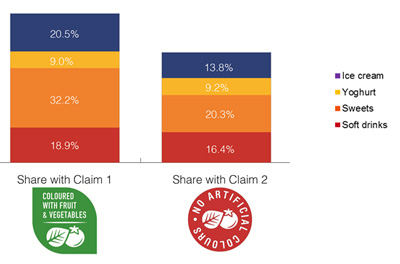

The strongest impact, however, was caused by a front-of-pack-claim stating “coloured with fruit and vegetables” – a claim, explicitly stating the natural ingredients used for colouring, communicating a clear and positive message. For sweets, there was a significant increase in average uplift of 32.2 percent, followed by 20.5 percent for ice cream, 18.9 percent for soft drinks and 9 percent for yoghurt. Even when a price increase was applied to the product in question, the label significantly enhanced brand preference. The potential of this claim is particularly strong in Asia, where the vast majority of consumers are Busy Health Seekers and thus strongly concerned with natural products they can easily detect. Here, the average increase in brand preference across all categories was 40 percent, followed by 22.4 percent in Brazil, 14.8 percent in Europe and 5.4 percent in the US.
Although the uplift in brand preference always depends on the specific country, brand and existing preference share for a product, these results clearly underline the potential positive impact informative front-of-pack claim can have on a purchase decision.
Opportunities for Industry
The comprehensive consumer survey clearly confirms the importance of the global trend towards healthy and natural products. It gives a detailed consumer understanding of the rather hazy term “natural”. Consumers wish for natural food colours that are made from edible raw materials such as fruit and vegetables. Replacing artificial and additive colours with solutions that meet these expectations provide manufacturers with a major edge over their competitors.
However, there are different consumers groups with different priorities and lifestyles. Not every health-conscious consumer has the time to meticulously check ingredient labels and therefore appreciates time-saving solutions which help them to quickly find the natural ingredients they look for.
Therefore, it becomes increasingly important to communicate the source of natural colour clearly on the label. With positive & informative front-of-pack-claims, manufacturers have the perfect solution, enabling them to develop future-proof products that reach the large group of consumers who look for natural food and beverages.
A natural colour solution that ideally meets the demands of today’s consumers are Colouring Foods: concentrates made exclusively from fruit, vegetables and edible plants which are manufactured with only gentle physical processes, such as pressing, chopping and filtering. The concentrates provide stable, intense and vibrant colours to any application whilst meeting consumer expectations towards clear-label food and drink that can be communicated positively.
Related topics
Clean Label, Flavours & colours, Natural, Packaging & Labelling




